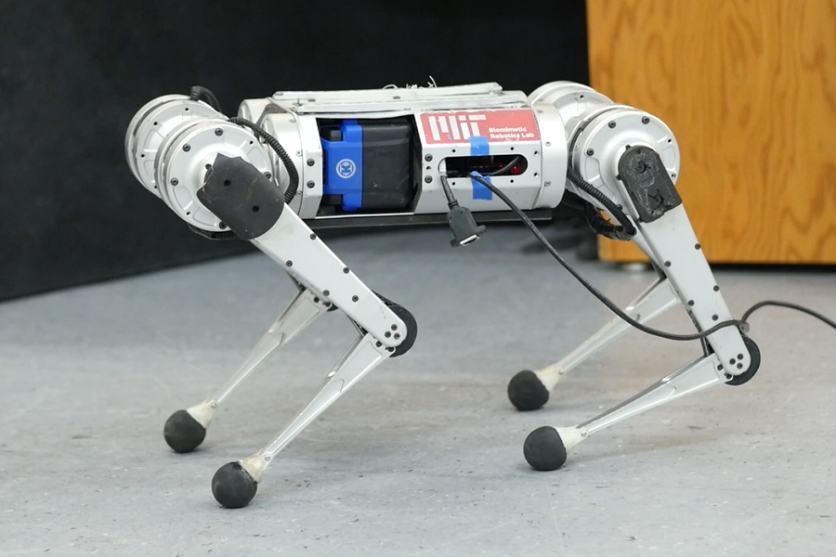Although not nearly holding a Usain Bolt speed, MIT's Biomimetics Lab recently surpassed the speed record for a robotic Mini Cheetah.
However, it is worth noting that the MIT researchers did not teach or program this robot to walk or run. In fact, the robot is blind.
But in just three hours, the robotic cheetah was able to teach itself how to walk!

How Was This Possible?
As reported first by Forbes, the key to making the self-taught robot was removing humans from the majority of the process. Additionally, it entailed a comprehensive simulation.
It has been customary to examine the actual system and create models manually as part of the procedure used to teach robots. MIT professor Pulkit Agrawal noted in a statement to Forbes that while this procedure is good and established, it is "not very scalable."
According to Agrawal, conventional robot training requires at least 100 days of intense work. This is the actual human time spent by engineers and computer scientists creating behaviors and finishing several months of trial-and-error learning for robots.
The reduction to three hours necessitates both a change in methodology and the substantial use of simulators powered by NVIDIA and other partners' technology. Employing this method entails moving away from directing the robot's actions and toward giving it the freedom to create its actions.
According to Agrawal, it would cost time and money to get rid of a human creator. Trial and error learning would be necessary to reduce this cost, but a lot more data would be needed.
As a result, the simulator provides a safe playground where the robot can trip and fall. However, the simulator can also move much more quickly than in real life, as noted by Agrawal.
The key then to the project was a simulation and the ability to make mistakes with no repercussions.
According to MIT, the team created a method for improving the robot's behavior through simulated experience. This proved to be crucial for the successful application of taught behaviors in the actual world.
Hence, the Mini Cheetah can now run at a speed that is comparable to what humans are capable of, which is around four meters per second, or nine miles per hour.
If The Robot Is Blind, How Can It Move?
Even though it may not seem fast, it is a record for this specific robot. It only weighs approximately 20 pounds and stands about a foot tall.
Graduate student at MIT Gabriel Margolis asserts that increasing its size will also increase its speed. This implies that they can defeat Usain Bolt.
The robot senses its surroundings by moving its joints, as opposed to using touch sensors, which are also absent from its feet to sense its surroundings.
This is called "proprioception", also referred to as kinesthesia. It is the capacity to perceive the location and motion of your limbs without viewing them.
The cheetah can then determine what kind of surface it is on and adjusts its manner and rate of movement correspondingly.
MIT's research on robots with legs is openly available, which is fantastic news for anyone who might wish to take advantage of it. According to Agrawal, the code is accessible as an open source project, allowing anyone to download it, experiment with it, and reproduce the results.
Related Article : Scientists Create A 'Robot Fish' That Eats Microplastics - Will It Solve Plastic Pollution?
This article is owned by Tech Times
Written by Joaquin Victor Tacla




